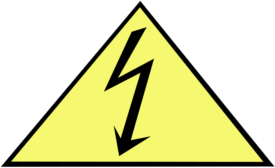News
Only attend public fireworks displays put on by trained professionals
Read More
62-year-old worker dies after manufacturer ignores safety hazards
OSHA cites Ridewell Corp. for one willful safety violation
June 30, 2015
Never miss the latest news and trends driving the safety industry
eNewsletter | Website | eMagazine
JOIN TODAYCopyright ©2024. All Rights Reserved BNP Media.
Design, CMS, Hosting & Web Development :: ePublishing






